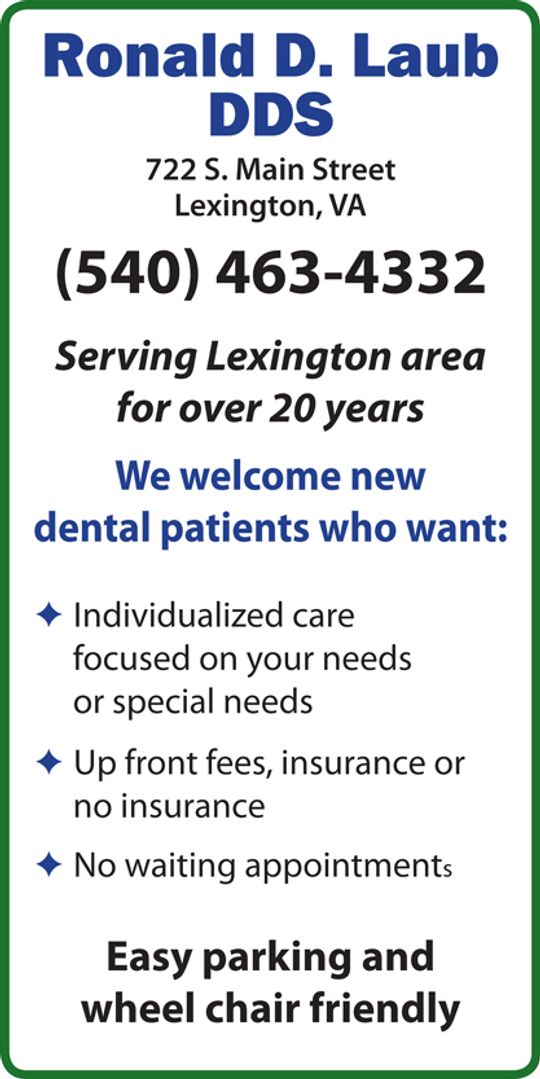For Rehabs
Lexington’s Threshold Housing Commission reviewed the results of a windshield survey of housing conditions in the city and discussed what the next steps to addressing the findings would be last week in its first regular business meeting of 2025.
The survey was conducted by Summit Design and Engineering Services on Oct. 28 and 29 of last year, where members of Summit’s staff drove through the city and took note of the physical conditions of the nearly 2,100 residential properties in the city. The properties were rated on a scale from one to five, with one indicating a property was in sound condition and five meaning the structure was dilapidated. The majority of the properties in Lexington scored a one or a two, with 72 properties scoring a three or higher which were found throughout the city, and not concentrated in any particular neighborhood.
“I think it proved what we thought we were going to see – that there are issues in pretty much every neighborhood in the community, not just one or two,” said Lexington Vice-Mayor Marylin Alexander, who serves as one of the City Council liaisons to Threshold.
The survey report also included information about the city’s housing demographics. It noted that the just over 21 percent of the city’s houses are unoccupied, noting that this is a “relatively high vacancy rate,” but that it is at least partially due to a number of homes in the city being second homes for people who don’t live in the city full-time. The data collected also showed that the city was nearly evenly split between occupants who rent their homes and occupants who own them (47.2 percent and 52.8 percent, respectively). Additionally, the study found that 44 percent of households in the city are considered cost-burdened, meaning they spend 30 percent of income or more on housing, and an additional 14 percent are close to being cost-burdened (spending between 20 and 29 percent of income on housing).
The report concluded that there are two facets to housing in the city that need to be addressed: maintaining – and, where necessary, rehabilitating – the city’s current housing stock, and addressing barriers that may be preventing the city from adding additional housing. Summit offered several suggestions for both, including diversifying the city’s housing stock and creating a spot abatement program for addressing the most dilapidated properties.
Threshold’s discussion at the Jan. 22 meeting focused on initial steps toward the latter solution, specifically around the Homeowner Helper Program that City Manager Tom Carroll pitched as an idea to City Council in a work session last October. The program, which Carroll had previously implemented in Silverton, Ohio and Cambridge, Maryland, creates a fund for the city to cover the cost of repairs to homes whose owners could not otherwise afford them. The city has currently allocated $250,000 in funding for the program, pending approval of a set of rules to dictate how the program would be implemented.
Nicholas Betts, who also serves as a City Council liaison to Threshold, suggested sending letters to the properties who were ranked three or higher to let them know that the program was available, providing a place to start. Alexander encouraged thinking long-term for how to use the information in the study, noting that the majority of the city’s permanent residents are elderly and may need help with repairs to their house in the future, even if they don’t need them now. She suggested possibly using a phased approach to the Homeowner Helper Program, focusing on the houses with the most urgent need first and then opening it up to other properties.
Threshold Chair Shadrey Sands suggested inviting Carroll to the next Threshold meeting to talk more about the Homeowner Helper Program, along with anyone who can be found who may already be operating a similar program in Virginia. Alexander proposed inviting Steve Paulk, Lexington’s building inspector, due to his experience working with Threshold’s previous work with housing rehabilitation projects throughout the city.
The housing study results are available in the packet for the Jan. 22 meeting on the Threshold page of the Lexington’s city website (https:// www.lexingtonva.gov/government/ boards-and-commissions/ threshold).




